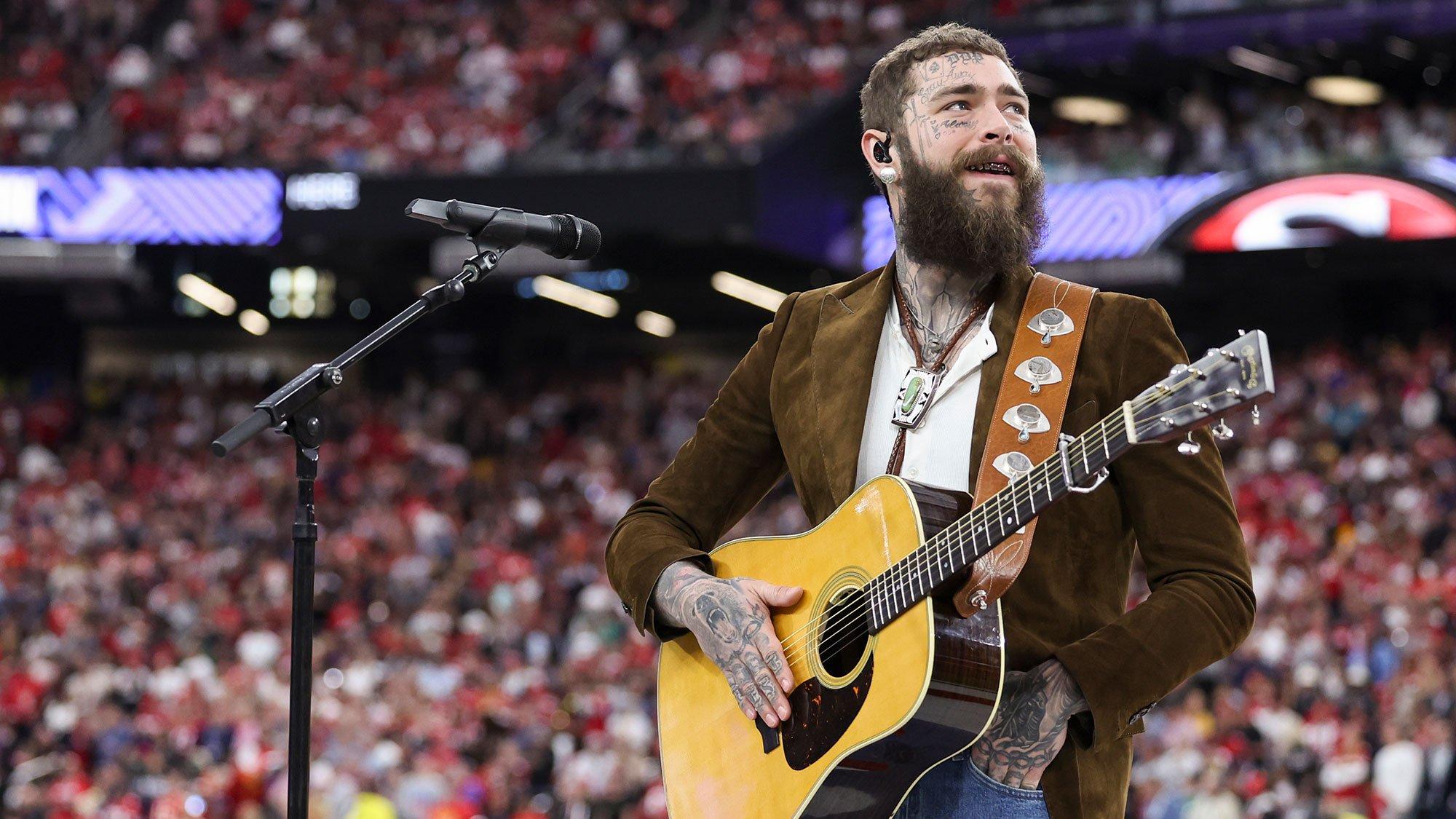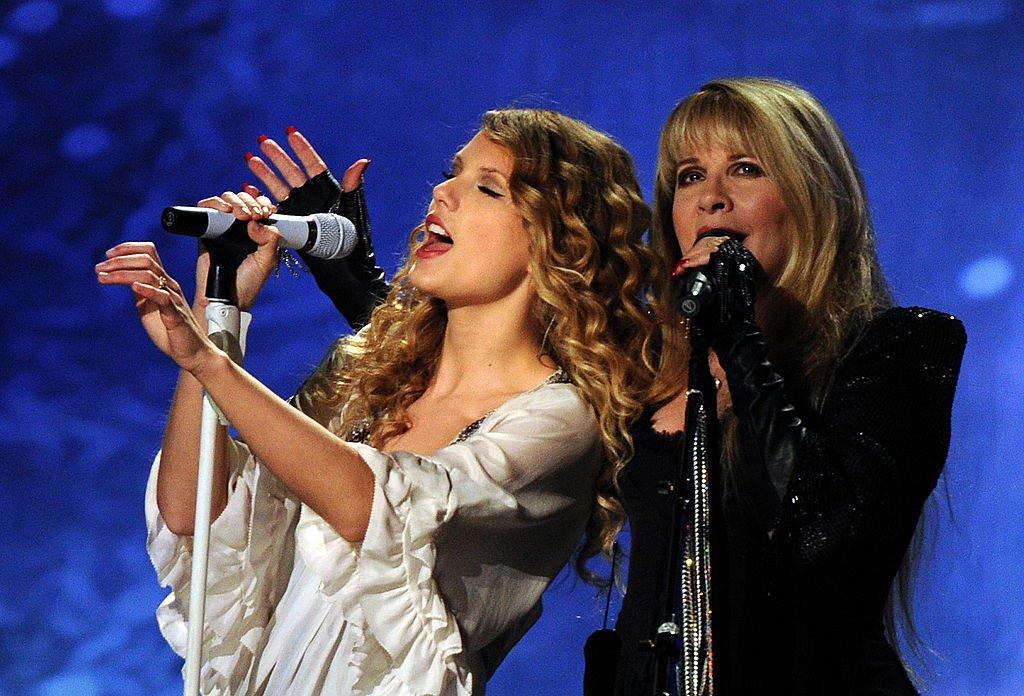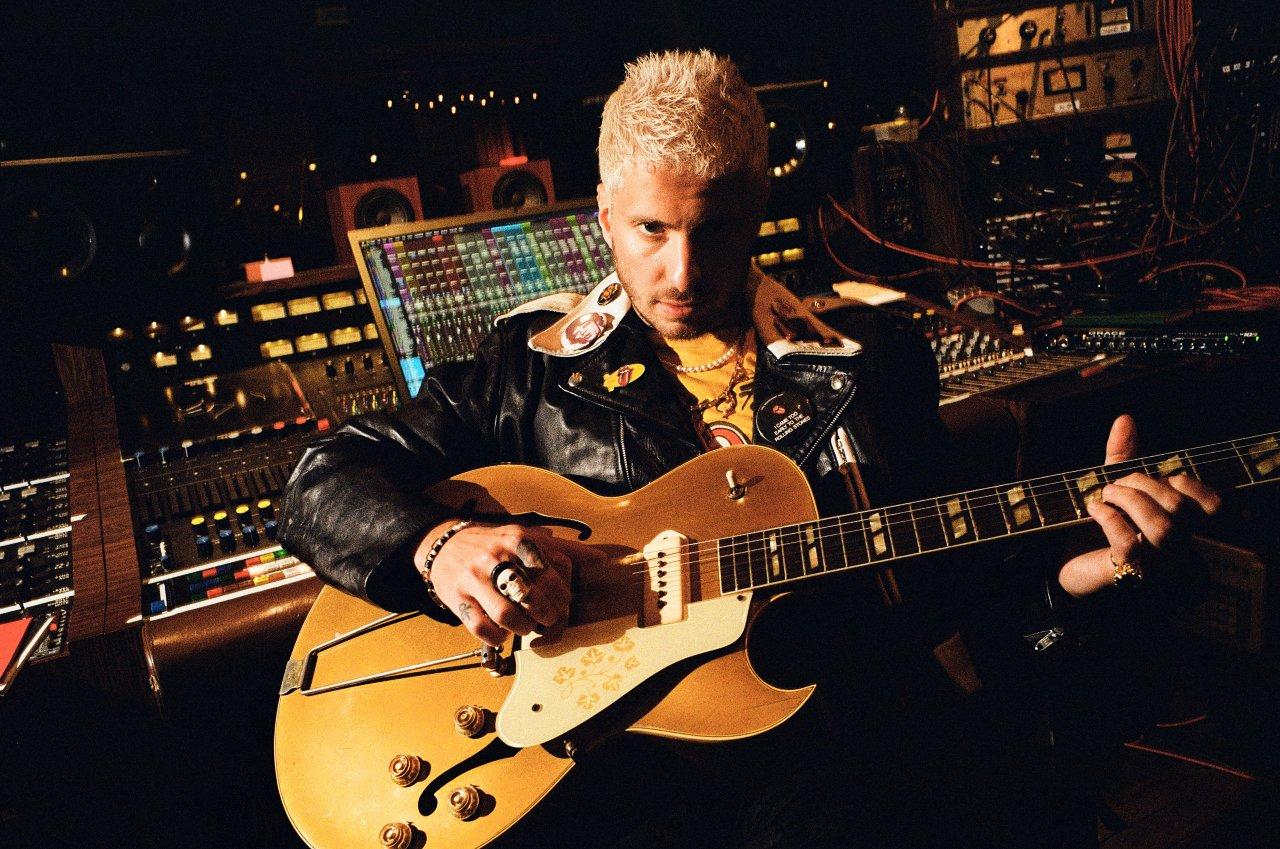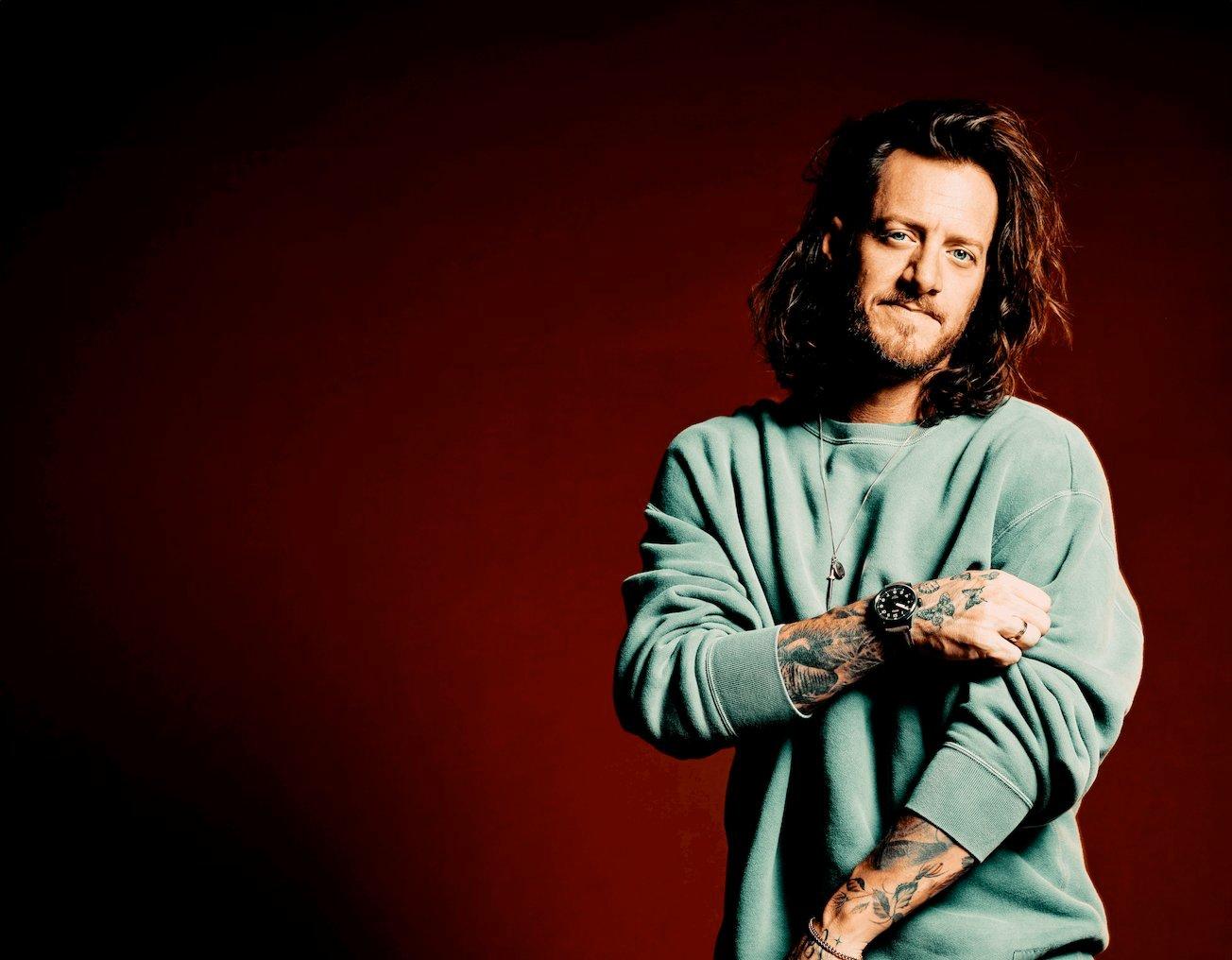As expected, much buzz followed the release of Taylor Swift's 11th studio album, The Tortured Poets Department, on April 19. Fans and critics alike have devoured the sprawling double album’s 31 tracks, unpacking her reflections from "a fleeting and fatalistic moment in time" in search of Easter eggs, their new favorite lyrics and references to famous faces (both within the pop supernova’s closely guarded orbit and the historical record).
Shoutouts abound in The Tortured Poets Department: Charlie Puth gets his much-deserved (and Taylor-approved) flowers on the title track, while 1920s screen siren Clara Bow, the ancient Greek prophetess Cassandra and Peter Pan each get a song titled after them. Post Malone and Florence + the Machine’s Florence Welch each tap in for memorable duets. Relationships old (Joe Alwyn), new (Travis Kelce) and somewhere in between (1975’s Matty Healy) are alluded to without naming names, as is, possibly, the singer’s reputation-era feud with Kim Kardashian.
Swift casts a wide net on The Tortured Poets Department, encompassing popular music, literature, mythology and beyond, but it's far from the first time the 14-time GRAMMY winner has worn her influences on her sleeve. While you digest TTPD, consider these 10 figures who have influenced the poet of the hour — from Stevie Nicks and Patti Smith to Emily Dickinson, William Wordsworth, Arya Stark and more.
Stevie Nicks
If Taylor Swift is the chairman of The Tortured Poets Department, Stevie Nicks may as well be considered its poet laureate emeritus. The mystical Fleetwood Mac frontwoman earns an important mention on side A closer "Clara Bow," in which Swift ties an invisible string from herself to a pre-Rumours Nicks ("In ‘75, the hair and lips/ Crowd goes wild at her fingertips"), and all the way back to the 1920s It Girl of the song’s title.
For her part, Nicks seems to approve of her place in Swift’s cultural lineage, considering she penned the poem found inside physical copies of The Tortured Poets Department. "He was in love with her/ Or at least she thought so," the Priestess of Rock and Roll wrote in part, before signing off, "For T — and me…"
Swift’s relationship with Nicks dates back to the 2010 GRAMMYs, when the pair performed a medley of "Rhiannon" and "You Belong With Me" before the then-country upstart took home her first Album Of The Year win for 2009’s Fearless. More recently, the "Edge of Seventeen" singer publicly credited Swift’s Midnights cut "You’re On Your Own, Kid" for helping her through the 2022 death of Fleetwood Mac bandmate Christine McVie.
Patti Smith
Swift may see herself as more "modern idiot" than modern-day Patti Smith, but that didn’t stop the superstar from name-dropping the icon synonymous with the Hotel Chelsea and punk scene of ‘70s New York on a key track on The Tortured Poets Department. Swift rather self-deprecatingly compares herself to the celebrated Just Kids memoirist (and 2023 Songwriters Hall of Fame nominee) on the double album’s synth-drenched title track, and it’s easy to see how Smith’s lifelong fusion of rock and poetry influenced the younger singer’s dactylic approach to her new album.
Smith seemed to appreciate the shout-out on "The Tortured Poets Department" as well. "This is saying I was moved to be mentioned in the company of the great Welsh poet Dylan Thomas. Thank you Taylor," she wrote on Instagram alongside a photo of herself reading Thomas’ 1940 poetry collection Portrait of the Artist as a Young Dog.
Emily Dickinson
When it comes to iconic poets, Swift has also taken a page or two over her career from Emily Dickinson. While the great 19th century poet hasn’t come up explicitly in Swift’s work, she did reference her poetic forebear (and actual sixth cousin, three times removed!) in her speech while accepting the award for Songwriter-Artist of the Decade at the 2022 Nashville Songwriter Awards.
"I’ve never talked about this publicly before, because, well, it’s dorky. But I also have, in my mind, secretly, established genre categories for lyrics I write. Three of them, to be exact. They are affectionately titled Quill Lyrics, Fountain Pen Lyrics and Glitter Gel Pen Lyrics," Swift told the audience before going on to explain, "If my lyrics sound like a letter written by Emily Dickinson’s great-grandmother while sewing a lace curtain, that’s me writing in the Quill genre," she went on to explain.
Even before this glimpse into Swift’s writing process, Easter eggs had been laid pointing to her familial connection to Dickinson. For example, she announced her ninth album evermore on December 10, 2020, which would have been the late poet’s 190th birthday. Another clue that has Swifties convinced? Dickinson’s use of the word "forevermore" in her 1858 poem "One Sister Have I in Our House," which Swift also cleverly breaks apart in Evermore’s Bon Iver-assisted title track ("And I couldn’t be sure/ I had a feeling so peculiar/ That this pain would be for/ Evermore").
The Lake Poets
Swift first put her growing affinity for poetry on display during her folklore era with "the lakes." On the elegiac bonus track, the singer draws a parallel with the Lake Poets of the 19th century, wishing she could escape to "the lakes where all the poets went to die" with her beloved muse in tow. In between fantasizing about "those Windermere peaks" and pining for "auroras and sad prose," she even manages to land a not-so-subtle jab at nemesis Scooter Braun ("I’ve come too far to watch some name-dropping sleaze/ Tell me what are my words worth") that doubles as clever wordplay on the last name of Lake Poet School members William and Dorothy Wordsworth.
Swift revealed more about why she connected to the Lake Poets in her 2020 Disney+ documentary folklore: the long pond studio sessions. "There was a poet district, these artists that moved there. And they were kind of heckled for it and made fun of for it as being these eccentrics and these kind of odd artists who decided that they just wanted to live there," she explained to her trusted producer Jack Antonoff. "So ‘the lakes,’ it kind of is the overarching theme of the whole album: of trying to escape, having something you wanna protect, trying to protect your own sanity and saying, ‘Look, they did this hundreds of years ago. I’m not the first person who’s felt this way.’"
Paul McCartney
Paul McCartney and Swift have publicly praised one another’s work for years, leading to the 2020 Rolling Stone cover they posed for together for the special Musicians on Musicians issue. The younger singer even counts Sir Paul’s daughter Stella McCartney as a close friend and collaborator (Stella designed a capsule collection for Swift’s 2019 studio set Lover and earned a shout-out of her own on album cut "London Boy").
However, Swift took her relationship with the Beatles founder and his family a step further when it was rumored she based Midnights deep cut "Sweet Nothing" on McCartney’s decades-long romance with late wife Linda. While the speculation has never been outright confirmed, it appears Swift’s lyrics in the lilting love song ("On the way home, I wrote a poem/ You say, ‘What a mind’/ This happens all the time") were partially inspired by a strikingly similar quote McCartney once gave about his relationship with Linda, who passed away in 1998. To add to the mystique, the Midnights singer even reportedly liked a tweet from 2022 espousing the theory.
The admiration between the duo seems to go both ways as well, with the former Beatle admitting in a 2018 BBC profile that the track "Who Cares" from his album Egypt Station was inspired by Swift’s close relationship with her fans.
The Chicks
From her days as a country music ingénue to her ascendance as the reigning mastermind of pop, Swift has credited the Chicks as a seminal influence in her songwriting and career trajectory. (Need examples? Look anywhere from early singles like "Picture to Burn" and "Should’ve Said No" to Evermore’s Haim-assisted murder ballad "no body, no crime" and her own Lover-era collab with the band, "Soon You’ll Get Better.")
In a 2020 Billboard cover story tied to the Chicks’ eighth album Gaslighter, Swift acknowledged just how much impact the trio made on her growing up. "Early in my life, these three women showed me that female artists can play their own instruments while also putting on a flamboyant spectacle of a live show," she said at the time. "They taught me that creativity, eccentricity, unapologetic boldness and kitsch can all go together authentically. Most importantly, they showed an entire generation of girls that female rage can be a bonding experience between us all the very second we first heard Natalie Maines bellow ‘that Earl had to DIE.’"
"Game of Thrones"
When reputation dropped in 2017, Swift was on a self-imposed media blackout, which meant no cover stories or dishy sit-down interviews on late-night TV during the album’s roll-out. Instead, the singer let reputation speak for itself, and fans were largely left to draw their own conclusions about their queen’s wildly anticipated comeback album. Two years later, though, Swift revealed the dark, vengeful, romantic body of work was largely inspired by "Game of Thrones."
"These songs were half based on what I was going through, but seeing them through a 'Game of Thrones' filter," she told Entertainment Weekly in 2019. "My entire outlook on storytelling has been shaped by ["GoT"] — the ability to foreshadow stories, to meticulously craft cryptic story lines. So, I found ways to get more cryptic with information and still be able to share messages with the fans. I aspire to be one one-millionth of the kind of hint dropper the makers of 'Game of Thrones' have been."
Joni Mitchell
Swift has long made her admiration of Joni Mitchell known, dating back to her 2012 album Red, which took a cue from the folk pioneer’s landmark 1971 LP Blue for its chromatic title. In an interview around the time of Red’s release, the country-pop titan gushed over Blue’s impact on her, telling Rhapsody, "[Mitchell] wrote it about her deepest pains and most haunting demons. Songs like ‘River,’ which is just about her regrets and doubts of herself — I think this album is my favorite because it explores somebody’s soul so deeply."
Back in 2015, TIME declared the "Blank Space" singer a "disciple of Mitchell in ways both obvious and subtle" — from her reflective songwriting to the complete ownership over her creative process, and nearly 10 years later, Swift was still showing her appreciation for Mitchell after the latter’s triumphant and emotional appearance on the GRAMMY stage to perform "Both Sides Now" on the very same night Taylor took home her historic fourth GRAMMY for Album Of The Year for Midnights.
Fall Out Boy & Paramore
When releasing the re-recording of her third album Speak Now in 2023, Swift cited two unexpectedly emo acts as inspirations to her early songwriting: Fall Out Boy and Paramore.
"Since Speak Now was all about my songwriting, I decided to go to the artists who I feel influenced me most powerfully as a lyricist at that time and ask them to sing on the album," she wrote in an Instagram post revealing the back cover and complete tracklist for Speak Now (Taylor’s Version), which included Fall Out Boy collaboration "Electric Touch" and "Castles Crumbling" featuring Paramore frontwoman Hayley Williams.
Tim McGraw
For one of Swift’s original career inspirations, we have to go all the way back to the very first single she ever released. "Tim McGraw" was not only as the lead single off the 16-year-old self-titled 2006 debut album, but it also paid reverent homage to one of the greatest living legends in the history of country music.
In retrospect, it was an incredibly gutsy risk for a then-unknown Swift to come raring out of the gate with a song named after a country superstar. But the gamble clearly paid off in spades, considering that now, when an entire generation of music fans hear "Tim McGraw," they think of Taylor Swift.
Taylor Swift's 'The Tortured Poets Department' Is A Post-Mortem Autopsy In Song: 5 Takeaways From Her New Album




